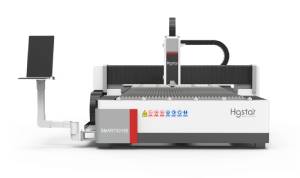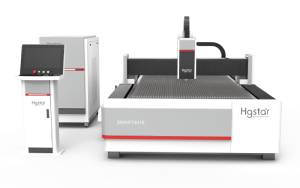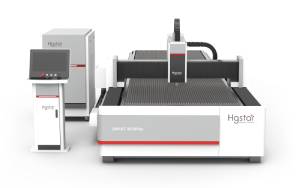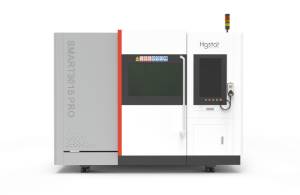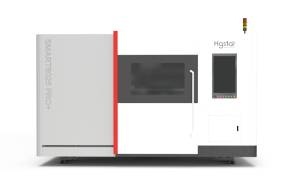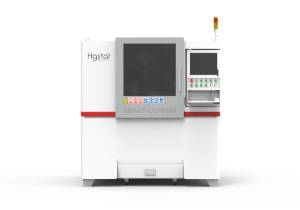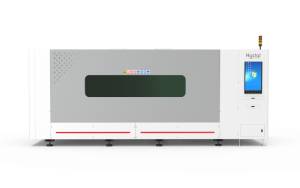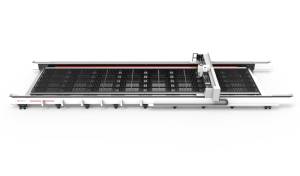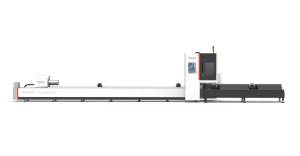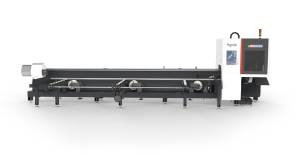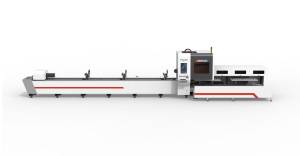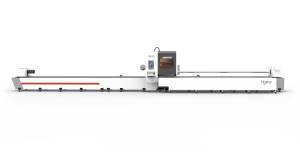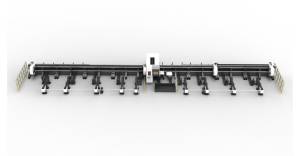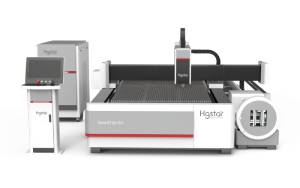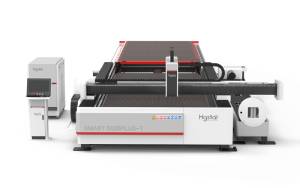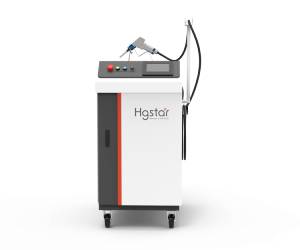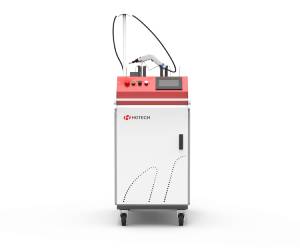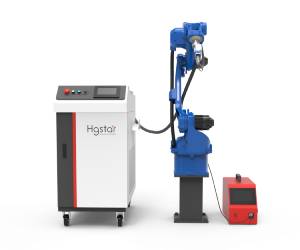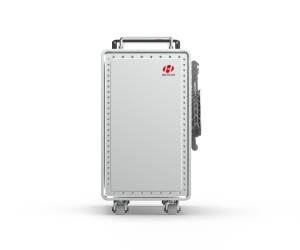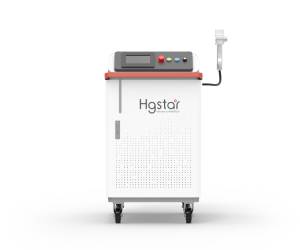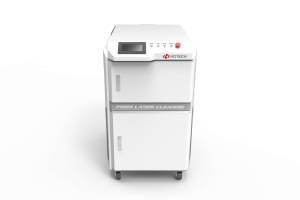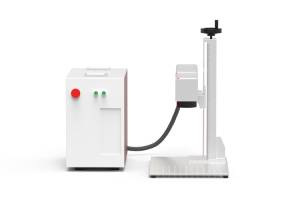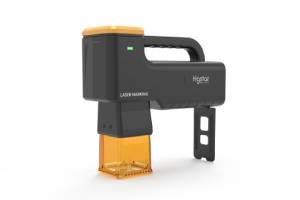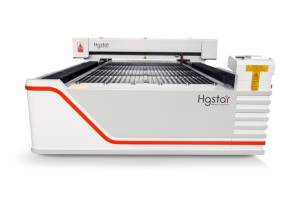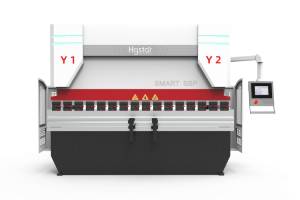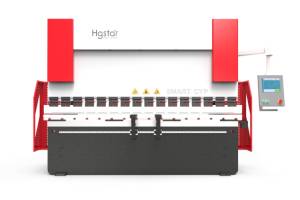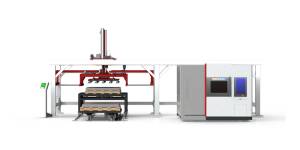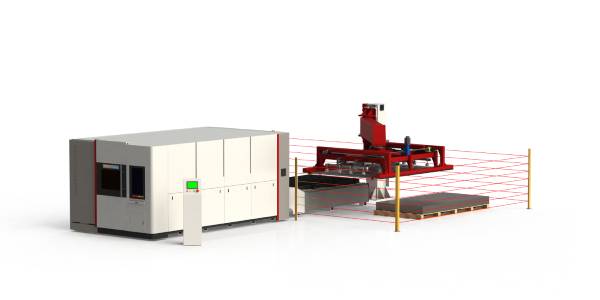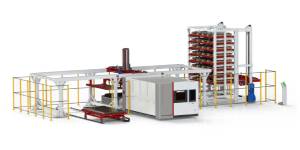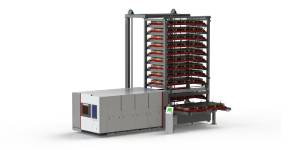Projects
Characteristics of Laser Cladding Process
Laser cladding is a manufacturing technology that has received much attention in recent years. It not only has various advantages and advantages in application, but also is the first thing that many people think of when mentioning related fields. So, what exactly is this technology? What are its applications? Let’s take a look together.
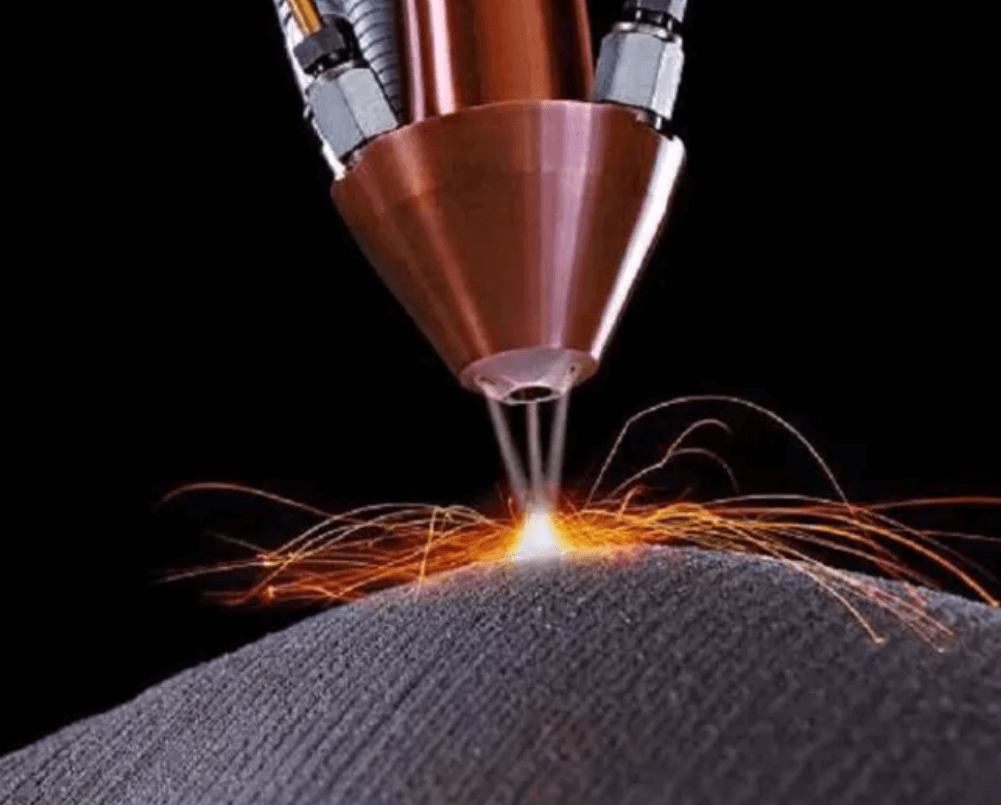
Laser cladding is a processing method that uses high-power laser beams to melt and regenerate the surface of metal materials. This method can significantly improve the physical properties of the material surface, while also achieving some special surface treatment effects. At present, laser cladding has been widely used in industries such as aviation, aerospace, automotive, and electronics. It can not only be used for manufacturing high-quality components, but also for repairing components, reducing resource waste, and improving efficiency.
In the laser cladding process, the laser beam rapidly heats the surface of the material, causing it to melt and fuse with the substrate, forming a new layer of coating. The characteristics of this coating are dense, fine, and very tightly bonded to the substrate. During the formation process of the coating, parameters such as laser beam power, speed, and scanning method can all affect the quality of the coating. Therefore, laser cladding requires highly precise control and adjustment in order to achieve the best processing effect.
In addition to being widely used in the manufacturing industry, laser cladding also has some surprising applications. For example, in the mining and oil extraction industry, the use of laser cladding technology can achieve the manufacturing of hard alloy wear-resistant layers on the surface of drilling tools, drill bits, picks, and grinding heads, allowing these vulnerable parts to have super wear resistance and lifespan. In the steel industry, the use of laser cladding technology can achieve the production of special high-temperature alloys on the surface of rollers and transmission components, and super wear resistance and impact resistance in high temperature environments of steel billets; In the chemical industry, it is possible to manufacture corrosion-resistant alloys on the inner surface of key valve pump bodies, obtain ultra corrosion-resistant coatings in acidic and alkaline environments, extend component life, and reduce maintenance time.
The application prospects of laser cladding are broad, as it can not only improve the efficiency and quality of the manufacturing industry, but also bring us more surprises and better performance of our products. After reading these, what are your opinions and ideas on the laser cladding process? Welcome to leave a message in the comments section and share your views with us.

